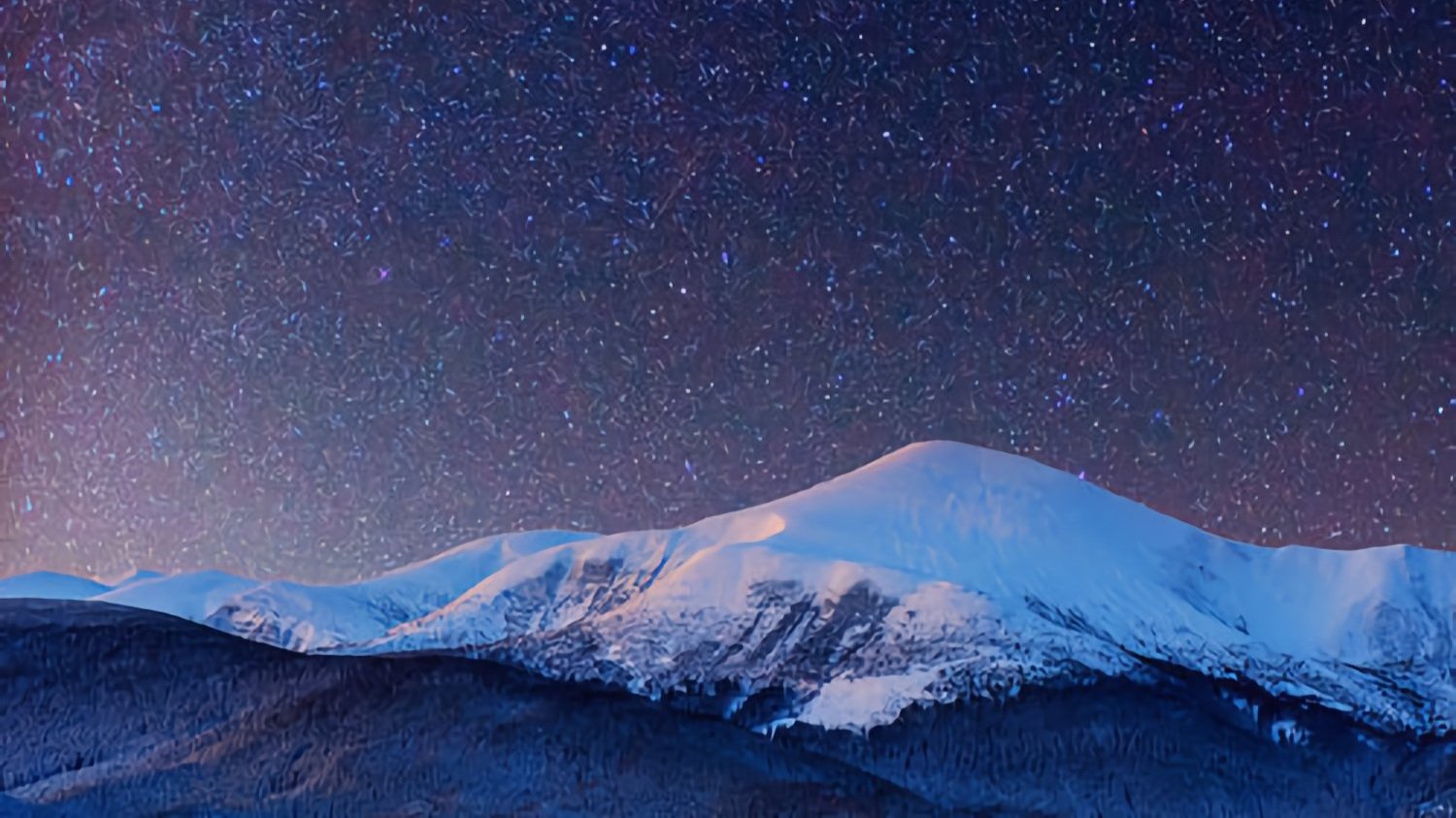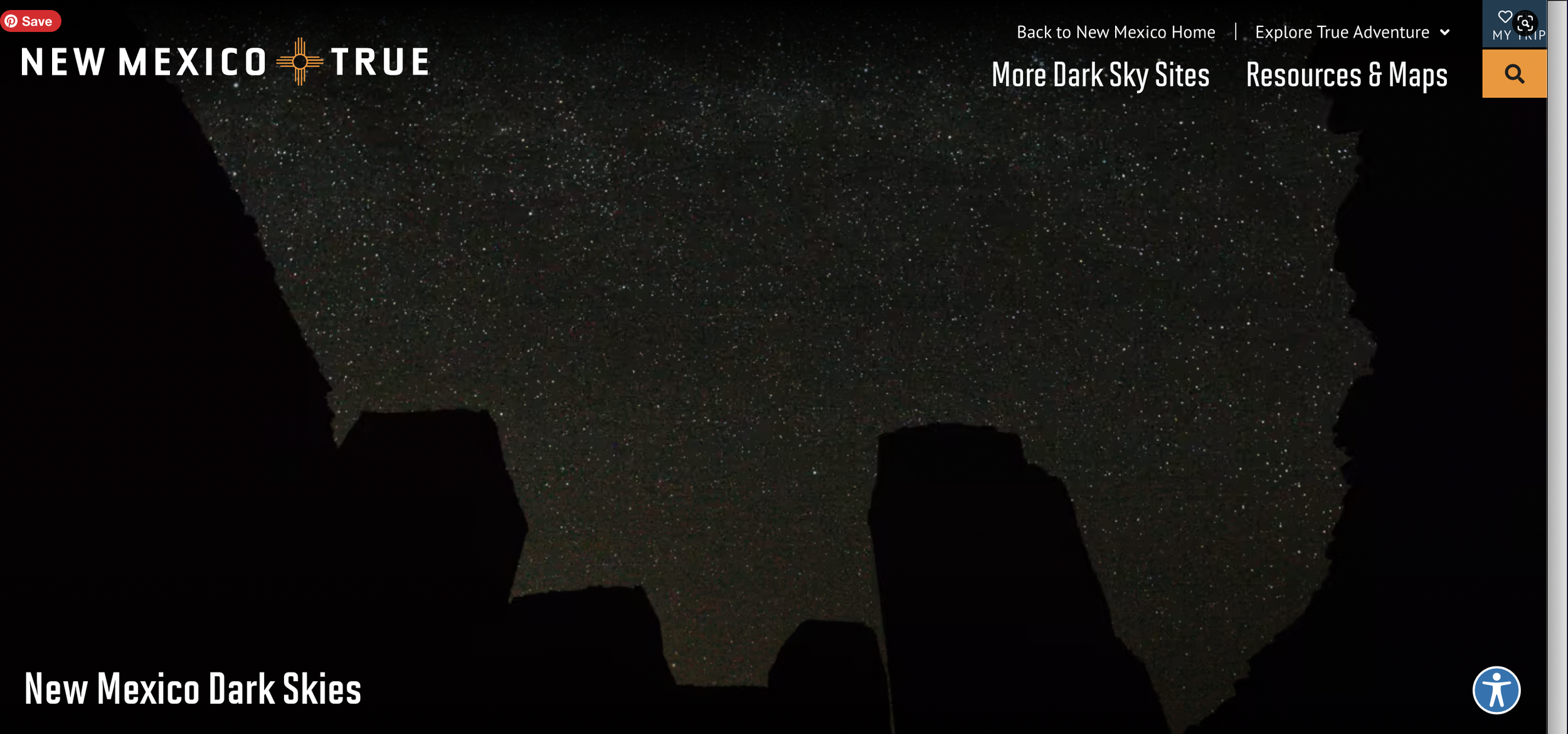Time Your 2025 Stargazing Travels with the Next Meteor Showers in Ruidoso
If seeing stars, constellations, and the Milky Way in the sky is your idea of a perfect vacation, forgo the city in favor of the breathtaking grandeur of the Ruidoso nightscape. To make your stay more memorable, we have put together a list of our top recommended meteor shower dates for the year 2025.
Quadrantids | January 3–4, 2025
The Quadrantids are one of the year’s best meteor showers, featuring an average of 25 meteors per hour at their peak. The shower’s peak is relatively short, lasting from about midnight to dawn, but the volume of meteors makes it worthwhile.
Moon Phase: Waning crescent
Viewing Tip: Optimal viewing occurs after midnight until dawn.
Lyrids | April 21–22, 2025
The Lyrids peak with about 10 meteors per hour and occasionally produce surges of up to 100 meteors per hour. This shower is more active in the Northern Hemisphere, where its radiant is high in the sky.
Moon Phase: Waxing crescent, sets early
Viewing Tip: Best visibility occurs after midnight under dark skies.
Eta Aquarids | May 4–5, 2025
Created by debris from Halley’s Comet, the Eta Aquarids are most spectacular in the Southern Hemisphere but still visible closer to the horizon in the Northern Hemisphere.
Moon Phase: Waning gibbous
Viewing Tip: Early morning hours before dawn offer the best views.
Delta Aquarids | July 29–30, 2025
The Delta Aquarids emanate from the constellation Aquarius and are weaker than other showers, producing 10–20 meteors per hour.
Moon Phase: Waxing gibbous
Viewing Tip: Bright meteors will still be visible despite some moonlight interference.
Perseids | August 12–13, 2025
The Perseids are one of the most popular meteor showers, producing over 50 meteors per hour.
Moon Phase: Waning crescent
Viewing Tip: Excellent viewing conditions this year with minimal moonlight.
Draconids | October 8–9, 2025
A smaller meteor shower occurring in the early evening, the Draconids offer a relaxing stargazing opportunity.
Moon Phase: New Moon
Viewing Tip: The lack of moonlight this year provides ideal viewing conditions.
Orionids | October 21–22, 2025
The Orionids are known for their bright and fast meteors, radiating from the Orion constellation.
Moon Phase: Waxing crescent
Viewing Tip: Best viewing is after midnight in the pre-dawn hours.
Leonids | November 17–18, 2025
The Leonids typically produce 10–15 meteors per hour, with occasional meteor storms.
Moon Phase: Waxing crescent
Viewing Tip: Moonlight will be minimal, allowing for decent viewing conditions.
Geminids | December 13–14, 2025
The Geminids are the king of meteor showers, with up to 75 meteors per hour at their peak.
Moon Phase: Waxing crescent
Viewing Tip: Ideal viewing conditions this year, with dark skies for most of the night.
Source: https://www.almanac.com/content/meteor-shower-calendar
For more New Mexico stargazing.
The Land of Enchantment is home to seven International Dark Sky Parks as certified by the International Dark Sky Association.


